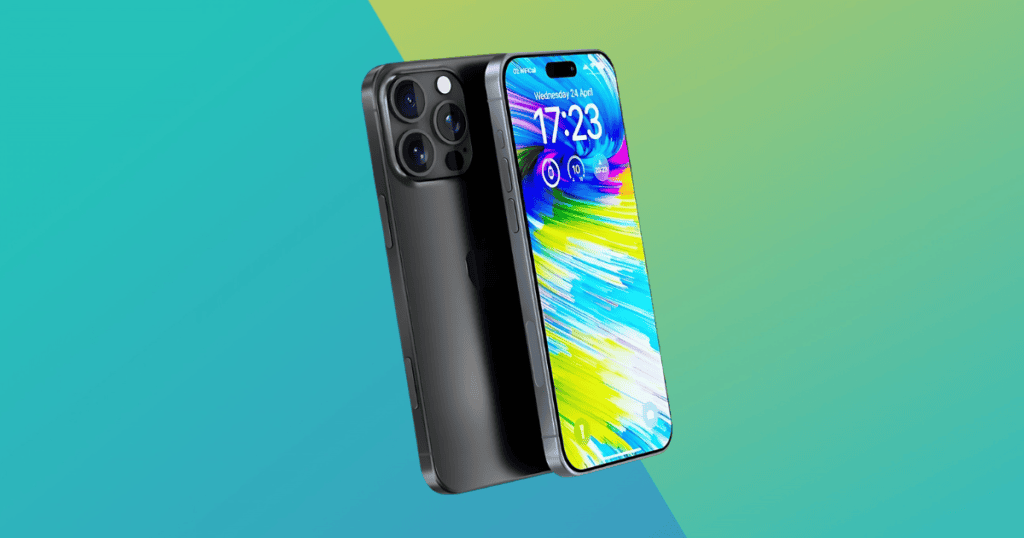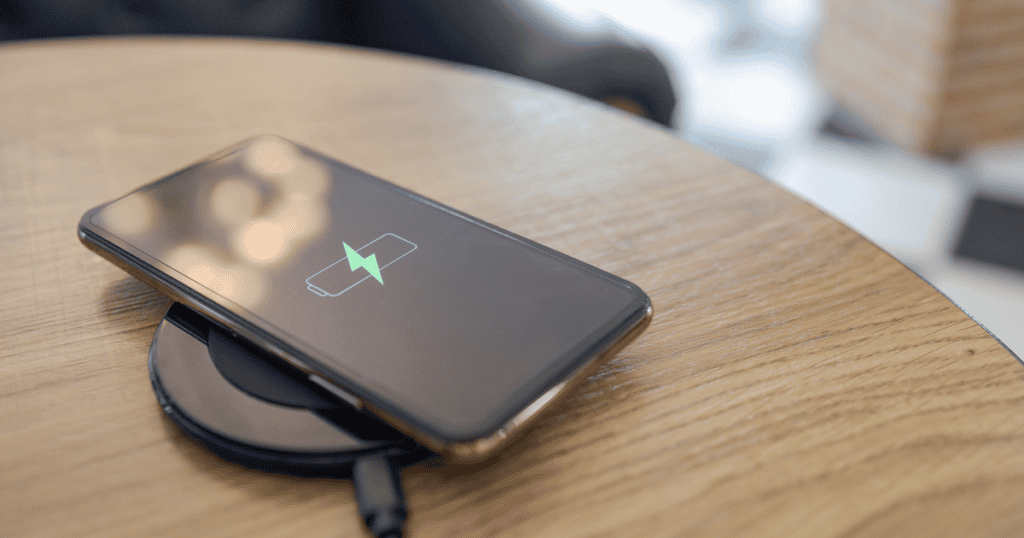The anticipated iPhone 16 Pro is set to make a notable impact in the smartphone market with its new 2TB storage option, a feature designed to meet the demands of users who require extensive space for high-resolution content. Scheduled for announcement on September 9, 2024, and a subsequent release on September 20, this model promises not only increased storage capacity but also significant performance enhancements and advanced camera capabilities. As component costs rise and consumer expectations evolve, the implications for pricing and overall market positioning are particularly intriguing. What other innovations might accompany this launch?
Overview of 2TB Storage
As the demand for higher storage capacity continues to rise, the iPhone 16 Pro is set to introduce a 2TB storage variant, greatly expanding upon the previous maximum of 1TB found in the iPhone 15 Pro models.
This upgrade is made possible by the adoption of Quad-Level Cell (QLC) NAND flash technology, which allows for greater storage in a compact format.
However, QLC may present slower read/write speeds compared to traditional options, raising potential performance concerns.
The 2TB capacity is particularly advantageous for users who engage in high-resolution photography and videography, given the new camera capabilities, including a 48-megapixel ultra-wide lens and support for the JPEG-XL image format, which collectively demand extensive storage space.
Expected Release Date
The anticipated announcement of the iPhone 16 Pro, featuring the highly awaited 2TB storage option, is set for September 9, 2024, during Apple’s annual fall event.
Following this announcement, the expected release date for the iPhone 16 Pro is September 20, 2024.
This new model is poised to cater to the increasing demand for larger storage capacities, which is especially relevant for users capturing high-resolution photos and videos.
Previous iterations, such as the iPhone 14 Pro and 15 Pro, did not offer a 2TB storage variant, making this upgrade significant.
In addition, the integration of QLC NAND flash memory technology is anticipated to facilitate the enhanced storage capabilities, marking a substantial step forward in Apple’s product offerings.
Pricing Speculations
Anticipated pricing for the iPhone 16 Pro, particularly with the introduction of the 2TB storage option, suggests a potential starting price of around $1,099, an increase from the previous base model price of $999.
This pricing strategy appears to reflect rising component costs, which have surged by 16% for the iPhone 15 models compared to the iPhone 14.
While the integration of QLC NAND flash memory for the 2TB option could reduce production costs, it is unlikely to translate into lower consumer prices.
Market expectations indicate that the premium pricing for the iPhone 16 Pro will be justified by enhanced storage capacity and features, particularly targeting content creators and power users who demand greater performance.
Performance Enhancements
With the introduction of the iPhone 16 Pro, users can expect considerable performance enhancements that elevate their overall experience.
Key improvements include:
- A18 Pro Chip: This new chip delivers an estimated 11.4% boost in single-core and 7.5% gain in multi-core CPU performance, enhancing overall processing speed.
- QLC NAND Flash Memory: The integration of Quad-Level Cell technology enables increased storage options up to 2TB, catering to users’ needs for extensive space, though it may result in slightly slower read/write speeds.
- Enhanced AI Capabilities: Leveraging Apple Intelligence, the iPhone 16 Pro will optimize processing efficiency, ensuring smooth multitasking even with the existing 8GB of RAM.
These performance enhancements promise to considerably improve user experiences across demanding applications and multitasking scenarios.
Design Changes
As users anticipate the iPhone 16 Pro, significant design changes are set to enhance both functionality and aesthetics. One of the most notable updates is the introduction of a new Capture button, strategically positioned near the power button, aimed at improving usability for photography.
The device will feature a larger 6.3-inch display, an increase from the previous 6.1-inch size, which enhances the viewing experience while maintaining a lightweight titanium frame for durability.
Additionally, the iPhone 16 Pro is expected to showcase slimmer bezels, potentially as thin as 1.2mm, contributing to a more modern and sleek appearance.
Camera Features
Frequently, advancements in camera technology define the appeal of flagship smartphones, and the iPhone 16 Pro is no exception. This model is set to enhance photography with impressive features that will demand substantial storage capacity.
Key camera highlights include:
- 48-Megapixel Ultra-Wide Camera: Utilizing pixel-binning technology for superior image quality.
- Tetraprism Telephoto Lens: Offering an extraordinary 5x optical zoom for detailed shots.
- Enhanced Low-Light Performance: A wider f/2.2 aperture that allows for capturing high-quality images in challenging lighting.
The anticipated JPEG-XL format will further increase file sizes, making the new 2TB storage option essential for users who wish to store their high-resolution photos and videos effectively.
The iPhone 16 Pro continues to push the boundaries of mobile photography.
Consumer Demand Insights
The impressive camera capabilities of the iPhone 16 Pro highlight a significant shift in consumer expectations regarding smartphone storage.
As consumer demand for higher storage options continues to escalate, the anticipated introduction of a 2TB variant reflects Apple’s commitment to meeting the needs of users who create and store high-resolution media.
This demand is fueled by features like the JPEG-XL image format and the ability to shoot 3K video at 120fps with Dolby Vision, necessitating larger storage capacities.
Additionally, the adoption of Quad-Level Cell (QLC) NAND flash memory enables Apple to provide expansive storage solutions in a compact form factor.
The iPhone 16 Pro’s potential 2TB offering aims to cater to a growing market trend favoring devices with substantial storage capabilities.
Conclusion
The introduction of the 2TB storage variant in the iPhone 16 Pro represents a significant advancement in smartphone technology, catering to the growing demand for high-capacity devices. With the integration of QLC NAND flash technology and enhancements in performance and camera capabilities, users can expect a superior experience in high-resolution content creation. For instance, a professional photographer utilizing the iPhone 16 Pro for a high-stakes event can seamlessly capture and store thousands of images and videos without concern for storage limitations.



